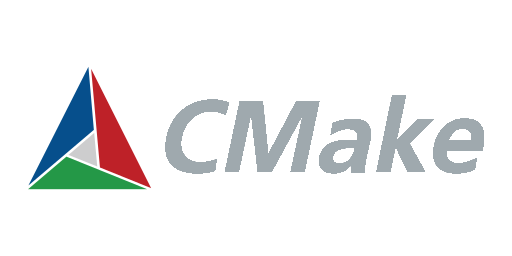
This past summer I decided to take a C programming class to sharpen my coding skills.
But as my assignments became more complex they required multiple header and implementation files. I knew that it was time to look into different build systems. But it felt as if there were an endless number of options to choose from and settled for cmake.
I would like to break down a simple CMakeLists.txt file for your project and for my own reference. CMake has many features that I will not be covering here so you many want to refer to the CMake documentation
Installation
I would recommend following the official CMake installation guide as this may become out of date!
Click for Linux instructions
If you are on a unix/linx system you can install CMake using your systems package manager.
For Example:
sudo apt install make cmake
Click for Winows instructions
Windows Instructions go here!!!
Project Structure
I am not sure if there is a formal name for this type of project structure, but this is what I have seen used out in the wild most often for C and C++ projects.
Project Name
├── README
├── LICENCE
├── CMakeLists.txt // simple CMakeLists.txt
├── build // Where your build files go
├── include // header files
├── lib // external libraries
└── src // source code
└── main.c
The Simple CMakeLists.txt
cmake_minimum_required(VERSION 3.24)
set(PROJECTNAME Name)
project(${Name})
set(CMAKE_C_STANDARD 23)
set(CMAKE_C_STANDARD_REQUIRED ON)
# list of c files to compile
set(SOURCES
# Source files go here
)
# gcc compile options
add_compile_options(-Wall -Wextra -save-temps)
add_executable(${PROJECT_NAME} ${SOURCES})
target_include_directories(${Name}
PRIVATE
${PROJECT_SOURCE_DIR}/include
)
Above is what I have dubbed the simple CMakeLists.txt